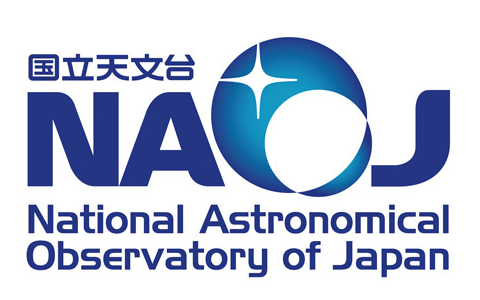Did you know that magnetic fields are invisible forces that exist everywhere in the Universe? They influence how matter and energy move, including how stars and planets form.

What do investigating a crime on Earth and trying to solve planet formation around young stars have in common? ‘Dusting for Fingerprints.’Curious? Let’s explore!
Young stars in space are surrounded by disks of gas and dust, known as protoplanetary disks. The stuff in these disks moves around wildly, causing the grains of dust to crash into each other and stick together to form clumps of rocks, like building a snowman from a snowball. Scientists think that this is the first step in building planets. There are many different reasons why the dust in protoplanetary disks moves around as it does, but in this story, we will focus our investigation on magnetism.
Have you ever played with two magnets and noticed how you can get them to stick together and fly apart depending on where you place them? This is because magnets have invisible magnetic fields that control how some kinds of objects move near them. For astronomers, it is important to study the role of magnetic fields in protoplanetary disks as they can help us understand how dust grains move and collide to eventually form planets. However, measuring the magnetic fields in a protoplanetary disk is an impossible task. Not anymore!
An international team of researchers at the National Astronomical Observatory of Japan have been observing the protoplanetary disk around a young star, HD 142527, using the Atacama Large Millimeter/submillimeter Array (ALMA). The star is located 512 light-years away in the constellation Lupus.
The team found plenty of dust grains collecting in part of the star’s protoplanetary disk – this could be an ideal spot to see planet formation in action! Using data from ALMA, the team found that the dust grains moved in a pattern, hinting at the presence of invisible magnetic fields. “Invisibility is my superpower”, quotes the magnetic field.
By carefully studying the dust grain patterns, the team was able to determine the three-dimensional shape of magnetic fields for the first time. For all their work, the astronomers found that the magnetic field in this protoplanetary disk is 3 million times less magnetic than a magnet you might find on your refrigerator. It just goes to show how tiny forces can make a big difference!
Astronomers are now keen on applying this ‘dusting for (magnetic) fingerprints’ technique to more protoplanetary disks to measure magnetic fields close to the central star where planets like the Earth form. This will help astronomers understand how the magnetic field influences formation of planets.
Image: ALMA observations of the protoplanetary disk around HD 142527. The white bars show the directions of the magnetic field revealed by the orientation of the dust grains. Credits: ALMA (ESO/NAOJ/NRAO), S. Ohashi et al




















